Glacier National Park, the crown jewel of Montana, USA, is an unmissable summer destination for nature lovers and adventurers. Covering an impressive area of over 4,000 square kilometers, Glacier boasts diverse ecosystems, ranging from snow-capped peaks and pristine glacial lakes to dense pine forests and vibrant wildflower meadows. Summer brings a transformation to the park, as melting snow reveals lush landscapes that are perfect for outdoor activities like hiking, kayaking, fishing, and admiring breathtaking scenery. Let’s dive into this guide to Glacier National Park in summer to ensure a memorable and fulfilling trip.
Where is Glacier National Park and How to Get There?
Glacier National Park is located in Northwestern Montana, USA, and shares a border with Canada. This unique geographic position makes Glacier part of the larger cross-border ecosystem known as Waterton-Glacier International Peace Park.
Getting to Glacier offers several options depending on your starting point and preferences:
1. Air Travel:
The nearest and most convenient airport to Glacier National Park is Glacier Park International Airport (FCA) in Kalispell, Montana. The airport is about a 40-minute drive from the park’s West Entrance. Major airlines like Delta, United, Alaska, and American Airlines offer flights to FCA from major U.S. cities such as Chicago, Denver, Seattle, and Minneapolis.
From FCA, you can:
- Rent a car: Renting a car provides flexibility and convenience for exploring Glacier and its surrounding areas. Major car rental companies operate out of the airport.
- Take a bus or shuttle: Several companies offer bus or shuttle services from the airport to nearby towns and the park area.
- Use taxis or rideshares: Services like Uber and Lyft are available at FCA but tend to be more expensive than other options.
2. By Road:
Driving to Glacier allows you to experience stunning landscapes along the way. Here are a few driving distances from nearby cities:
- From Seattle, Washington: Approx. 8–9 hours (about 500 miles).
- From Calgary, Alberta, Canada: Approx. 4–5 hours (about 250 miles).
- From Spokane, Washington: Approx. 5–6 hours (about 300 miles).
- From Boise, Idaho: Approx. 10–11 hours (about 600 miles).
While driving, you’ll encounter scenic mountain passes and expansive natural vistas that characterize the American West. Be sure to check road conditions and weather forecasts, especially if traveling in early or late summer, as weather can be unpredictable.
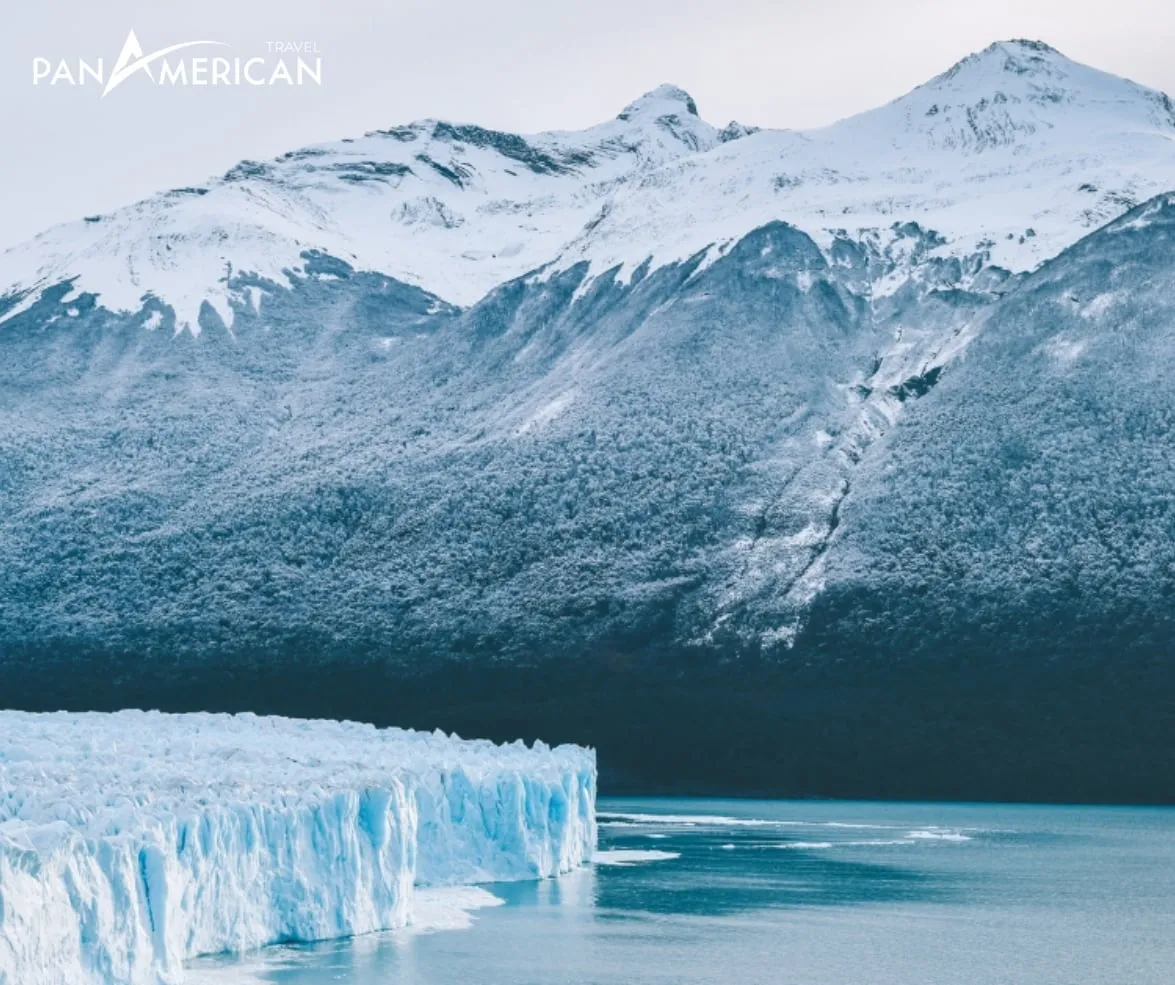
Top 5 Must-See Spots in Glacier National Park During Summer
Summer in Glacier National Park unveils a vibrant natural tapestry of captivating destinations. Here are five must-see highlights to include in your exploration:
1. Going-to-the-Sun Road: A Mountain Pass Masterpiece
Going-to-the-Sun Road, an 80-kilometer engineering marvel, serves as the heart of Glacier National Park. This legendary road crosses the majestic Continental Divide and offers unparalleled views of Glacier’s scenery. Summer is the ideal time to travel this route, which is typically fully open from late June or early July through mid-October.
The road’s blend of genius construction and natural beauty creates a mesmerizing journey, with cliffs, waterfalls, and glacial lakes surrounding you. Notable stops along the way include Logan Pass — the highest point at 6,646 feet, Lake McDonald Lodge, a historic resort by Lake McDonald, and Wild Goose Island Overlook, offering picturesque views of St. Mary Lake.
You can explore Going-to-the-Sun Road through several options:
- Self-driving: Enjoy the freedom to stop wherever you like, though parking can be challenging during peak hours.
- Red Bus Tours: Glacier’s iconic red tour buses offer guided trips, showcasing history and nature.
- Cycling: Adventurous souls can bike the road, though it requires excellent physical fitness and safety gear.

2. Lake McDonald: The Jewel of Glacier
Lake McDonald, the park’s largest and deepest natural lake, is situated near the West Entrance. Spanning 16 kilometers in length and plunging 140 meters deep, the lake is renowned for its crystal-clear waters reflecting the majestic Rocky Mountains.
One of the lake’s unique features is its vibrant multicolored pebbles beneath the surface, creating a magical spectacle under the sunlight.
Summer activities on Lake McDonald include:
- Kayaking or canoeing: Explore the tranquil waters and enjoy nature’s serenity.
- Boat tours: Guided boat tours uncover the lake’s hidden gems and geological history.
- Fishing: The lake is home to trout and other fish species. Be sure to obtain a fishing permit.
- Lakeside hiking: Trails like the Lake McDonald West Shore Trail, spanning approximately 15 miles, offer scenic views and wildlife observation opportunities.
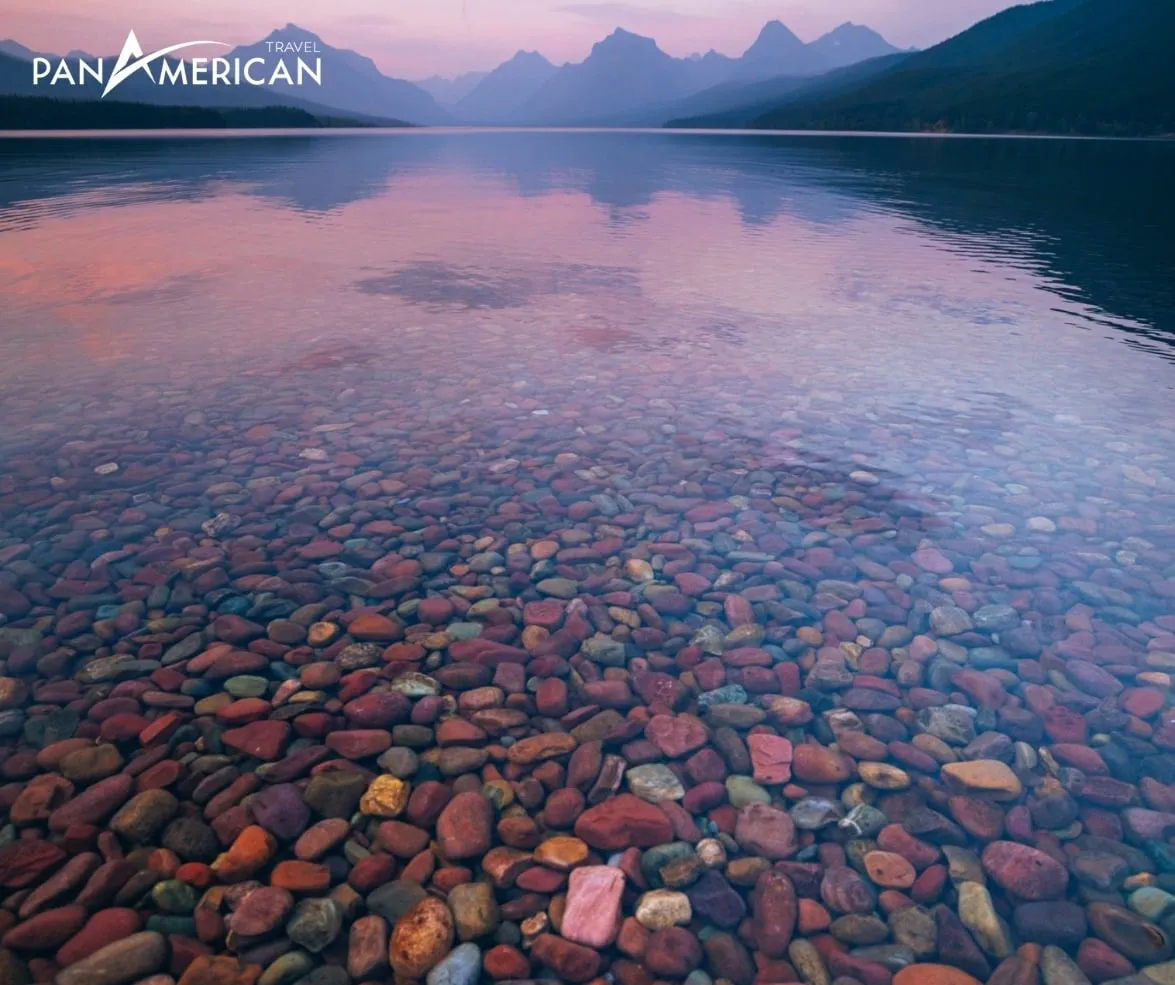
3. Grinnell Glacier: A Witness to Climate Change
Grinnell Glacier in the Many Glacier area is one of the park’s most accessible and iconic glaciers. Despite its gradual retreat due to climate change, Grinnell remains a sight to behold.
Reaching Grinnell Glacier requires hiking the Grinnell Glacier Trail, which spans approximately 10 miles round-trip with challenging elevation gains. Highlights include:
- Swiftcurrent Lake and Josephine Lake: Start your journey with a boat ride across these scenic lakes.
- Many Glacier Valley: Walk through picturesque valleys filled with streams and lush vegetation.
- Grinnell Falls: Marvel at the impressive waterfall cascading from above.
- Grinnell Glacier Overlook: Observe the glacier and its turquoise meltwater lake from a breathtaking vantage point.
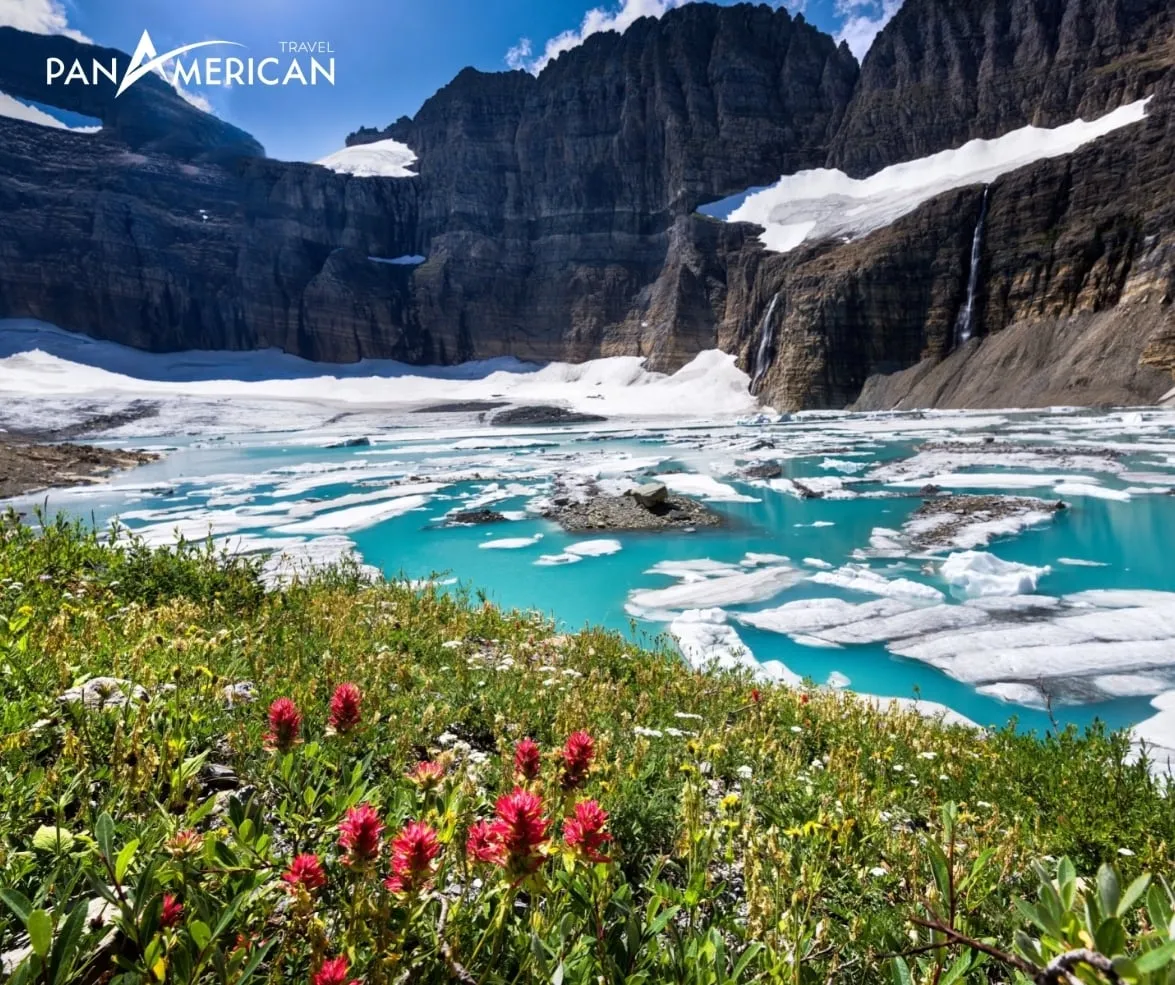
4. Many Glacier Area: The Switzerland of America
Located in the park’s Northeast, the Many Glacier area offers alpine lakes, waterfalls, dense forests, and meadows teeming with wildlife, earning its nickname, “Switzerland of America.”
Must-do experiences at Many Glacier include:
- Hiking: Popular trails like Iceberg Lake Trail and Ptarmigan Tunnel Trail offer diverse landscapes.
- Boating: Guided tours on Many Glacier Lake provide panoramic views.
- Wildlife watching: Be prepared to spot bears, mountain goats, and bighorn sheep.
- Camping: Many Glacier Campground offers a unique wilderness experience (reservations recommended).
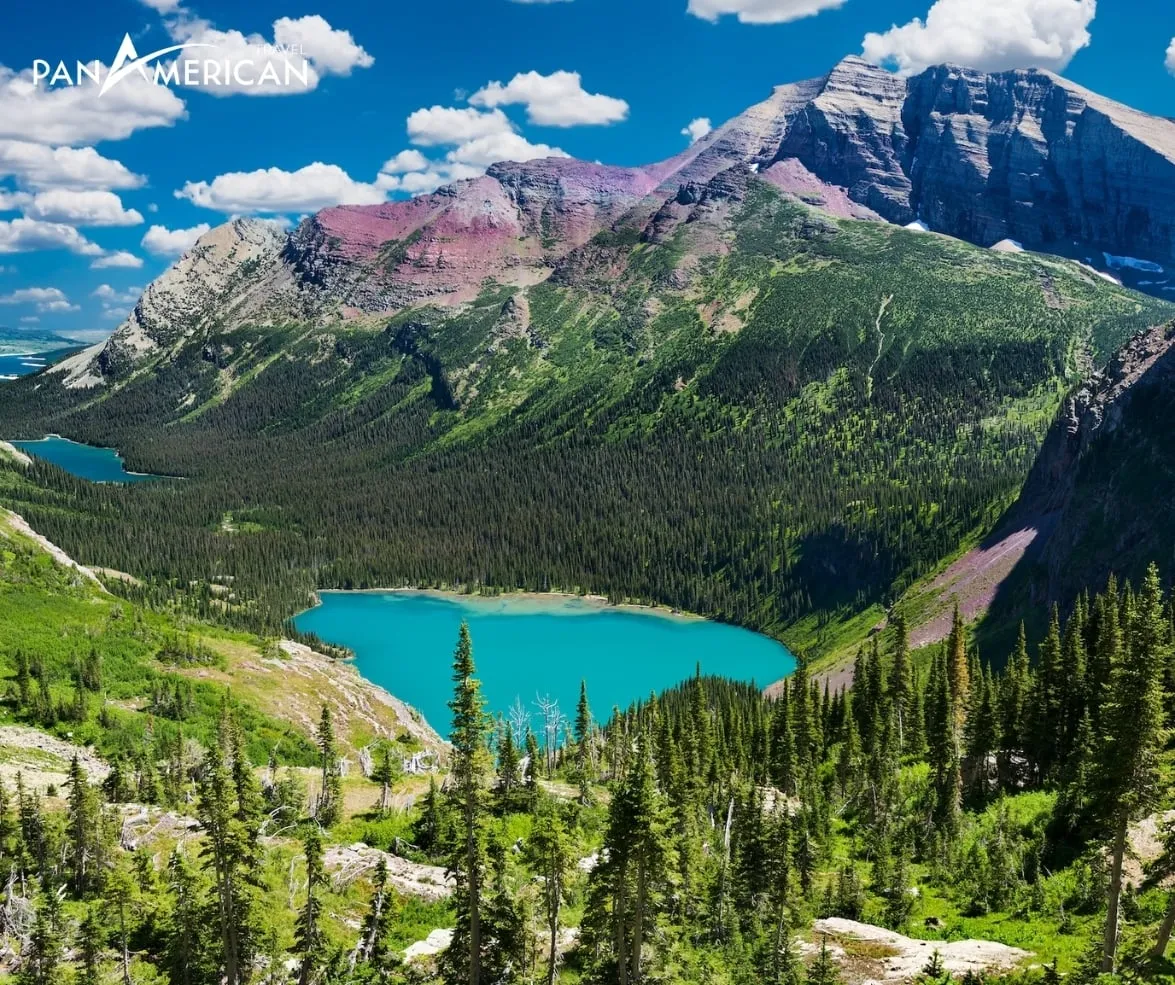
5. Hidden Lake: A Scenic High-Alpine Gem
Hidden Lake, tucked near Logan Pass, is a quintessential spot for hikers seeking solitude and stunning vistas. Situated at over 2,100 meters above sea level, this shimmering lake is surrounded by rugged cliffs and alpine vegetation.
The Hidden Lake Overlook Trail is a 3-mile round-trip hike starting at Logan Pass Visitor Center, rewarding visitors with:
- Alpine meadows: Filled with blooming wildflowers in summer.
- Mountain wildlife: Spot mountain goats and bighorn sheep along the trail.
- Hidden Lake Overlook: Enjoy panoramic views of the lake and towering peaks.
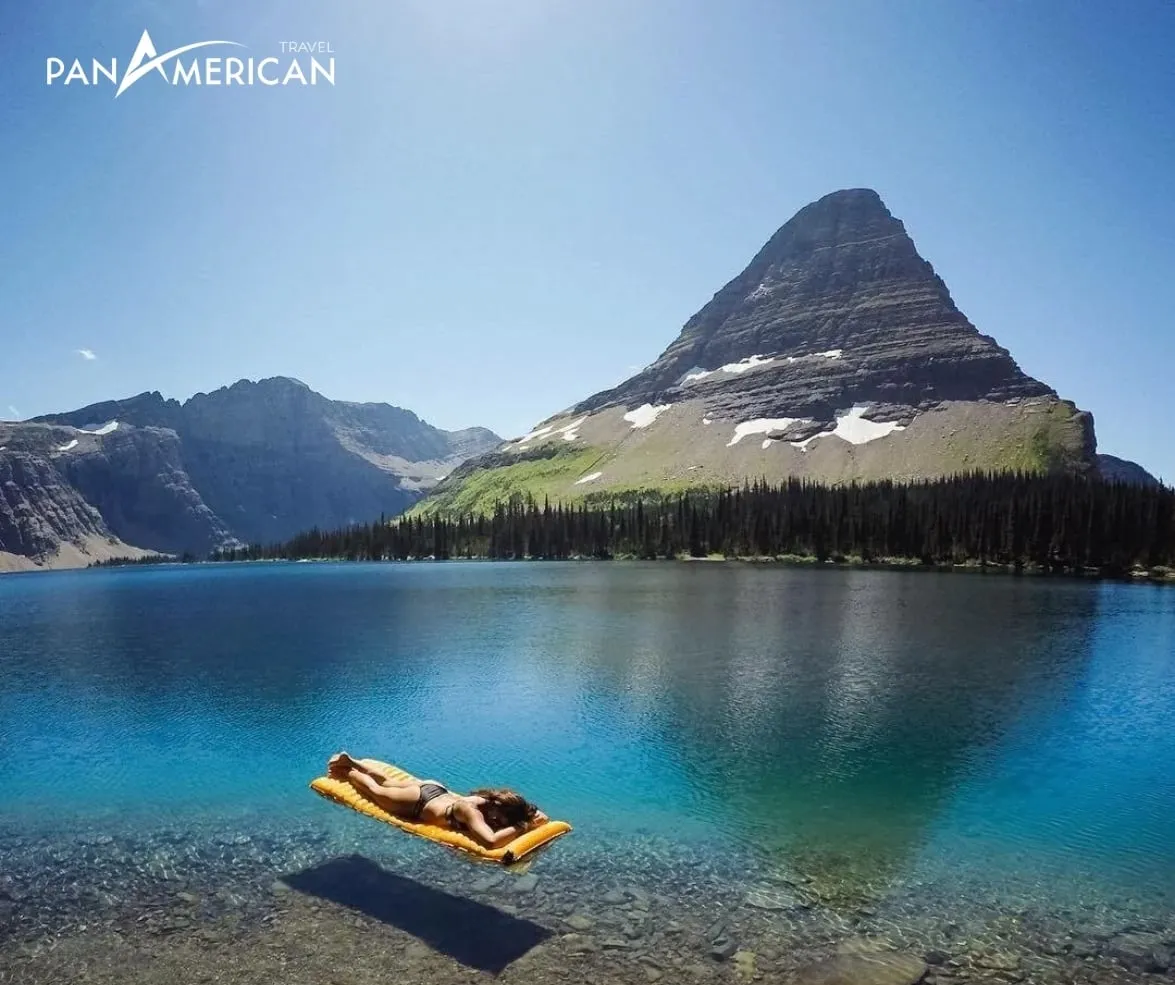
Transportation Options in Glacier National Park During Summer
Navigating Glacier’s vast expanse requires thoughtful planning. Summer offers several transportation modes:
1. Personal Vehicle:
- Pros: Flexibility to stop wherever desired.
- Cons: Roads can be crowded, making parking difficult.
- Tip: Arrive early to secure parking spaces.
2. Red Bus Tours:
- Pros: Guided and stress-free.
- Cons: Fixed schedules with limited freedom.
3. Hiking Shuttles:
- Pros: Convenient for hikers accessing trails.
- Cons: Operates on restricted routes and seasonal schedules.
4. Cycling:
- Pros: Eco-friendly and immersive.
- Cons: Requires physical endurance and caution.
5. Taxis and Private Shuttles:
- Pros: Tailored to meet group needs.
- Cons: Expensive.
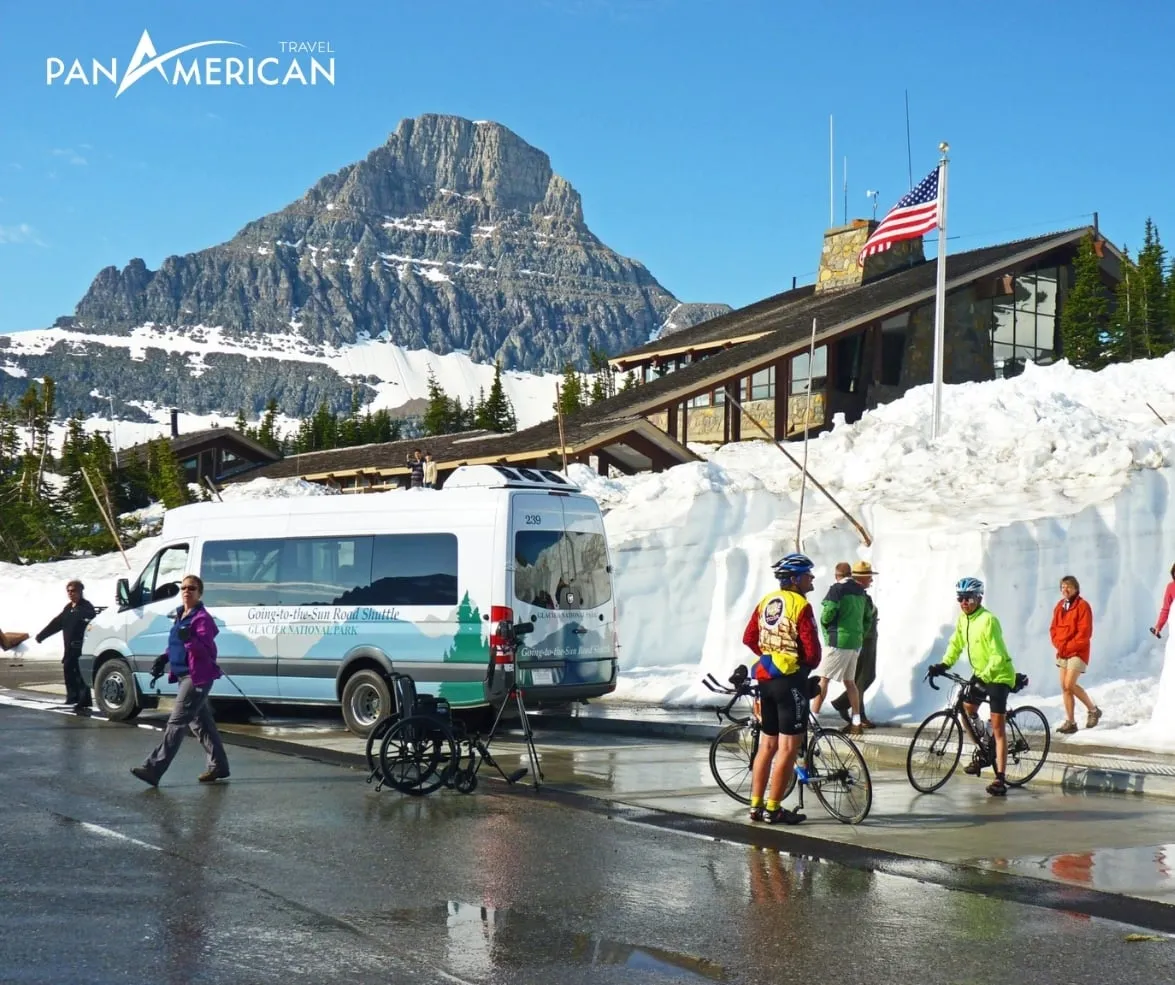
Best Time to Visit Glacier in Summer
Summer from late June to early September is prime time for visiting Glacier National Park, thanks to warm weather and a wealth of activities.
Advantages:
- Weather: Daytime temperatures average 68–77°F, with cool evenings.
- Scenery: Melting snow unveils waterfalls, full lakes, wildflowers, and lush forests.
- Access: Roads, trails, and activities are fully operational.
Challenges:
- Crowds: Busy parks and packed attractions.
- Costs: Higher service fees during peak season.
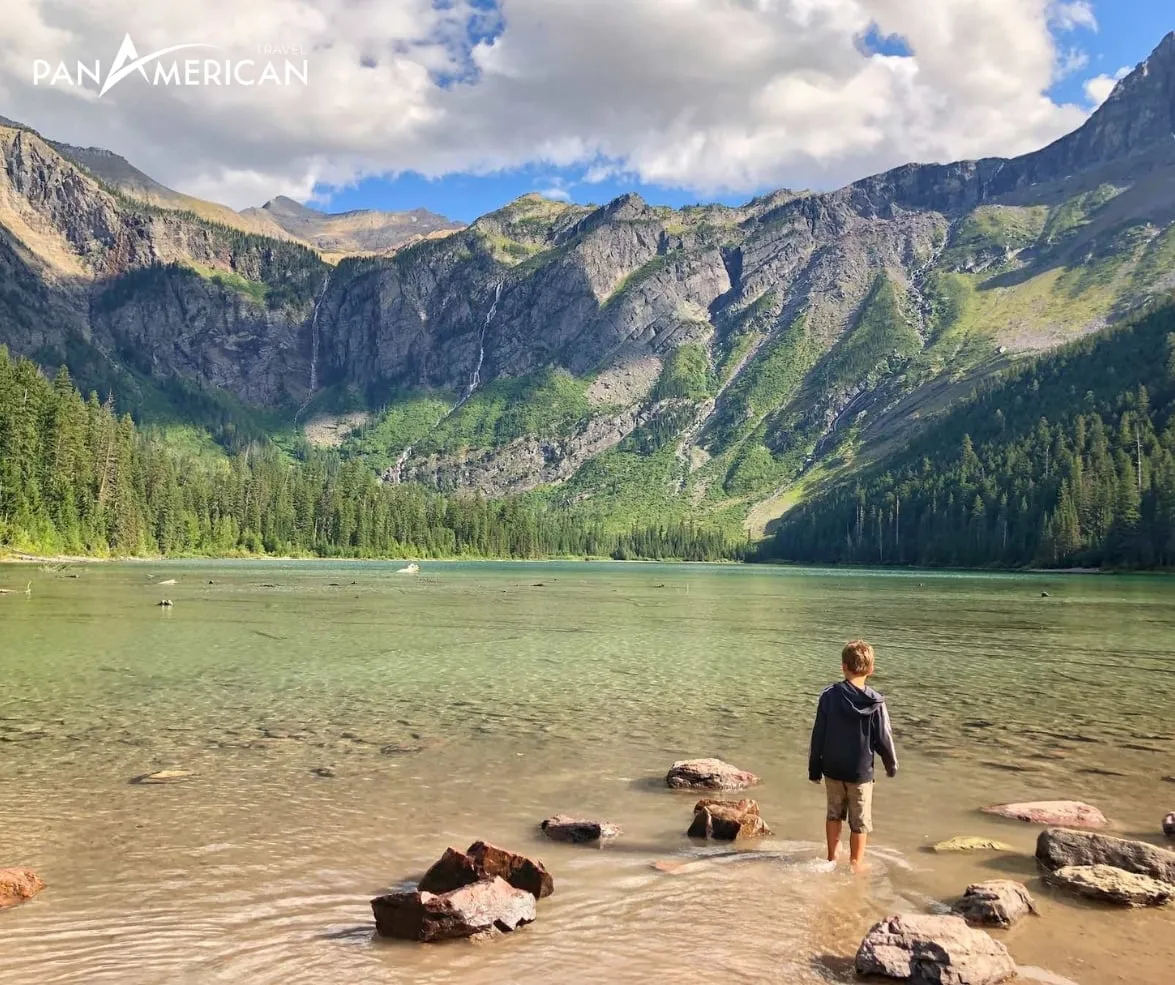
Essential Tips for Exploring Glacier in Summer
Ensure a safe and enjoyable trip by keeping the following tips in mind:
1. Dress and Pack Appropriately:
Be prepared for varying weather conditions. Bring layers, sturdy boots, sun protection, snacks, and navigation tools.
2. Respect Wildlife:
Keep a safe distance, store food properly, and don’t feed wild animals.
3. Stay Safe on Trails:
Choose paths matching your fitness level, monitor the weather, and always hike with emergency essentials.
4. Plan Your Transportation:
Reserve parking or use shuttle services during peak hours.
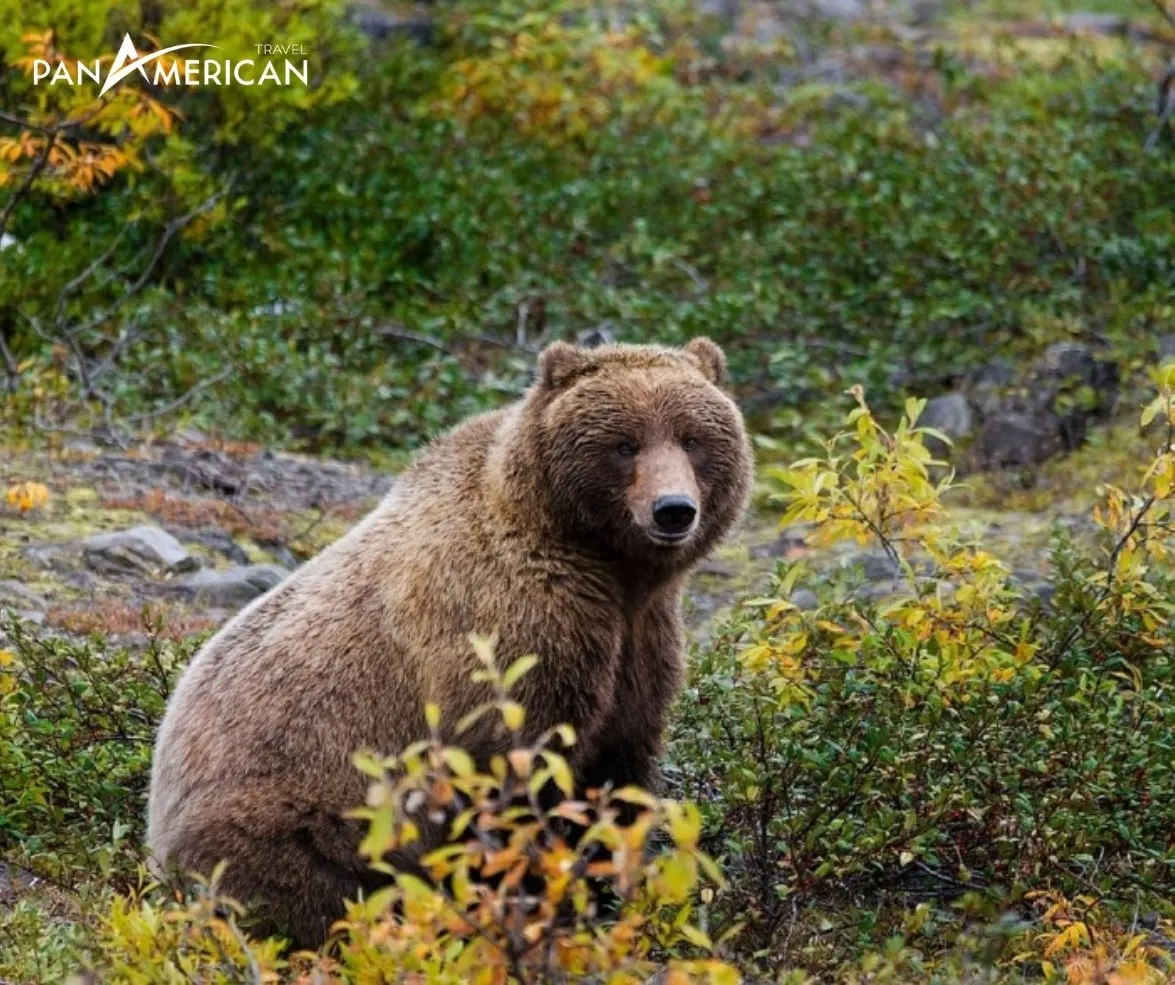
With meticulous preparation and a passion for exploration, your Glacier National Park journey is destined to be unforgettable. Adventure awaits among the wonders of the park — let’s uncover it together!